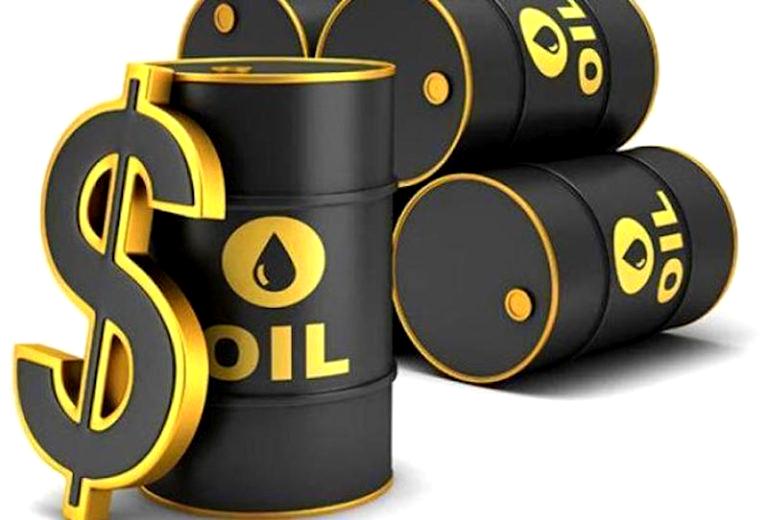Oil prices gained about 2% on Friday after U.S. data showed crude output was declining while fuel demand was growing. Brent crude futures rose $1.16, or 1.5%, to $79.53 a barrel, while West Texas Intermediate crude rose $1.99, or 2.7%, to $76.75. Both benchmarks were set for a weekly loss of about 2%-3%, while Brent was also heading for another monthly decline after disappointing U.S. economic data and uncertainty over further interest rate hikes weighed on the demand outlook.
“The market was down much of the week on worries about a looming economic recession and an expansion of the banking crisis with First Republic,” said Phil Flynn, an analyst at Price Futures Group. But, today there were headlines showing there may be a solution to First Republic’s problems and data pointing to a rise in oil demand and a decline in output,” Flynn said. U.S. officials are coordinating urgent talks to rescue First Republic Bank, as private-sector efforts led by the bank’s advisers have yet to reach a deal, according to three sources familiar with the situation. The U.S. Federal Deposit Insurance Corp (FDIC), the Treasury Department and the Federal Reserve are among government bodies that have in recent days started to orchestrate meetings with financial companies about putting together a solution for First Republic, the sources said.
U.S. crude production fell in February to 12.5 million barrels per day (bpd), its lowest since December 2022, according to a report from the Energy Information Administration (EIA). In the same report, the EIA said U.S. product supplied of crude and petroleum products – a proxy for oil demand – rose to nearly 20 million bpd and finished motor gasoline rose to 8.7 million bpd in February, the highest for both since November 2022. Oil companies like Exxon Mobile Corp, meanwhile, are riding a wave of strong demand and have held the line on cost-cutting implemented when fuel demand collapsed during COVID-19 lockdowns. Reuters

